Made in America, The Industrial Photography of Christopher Payne
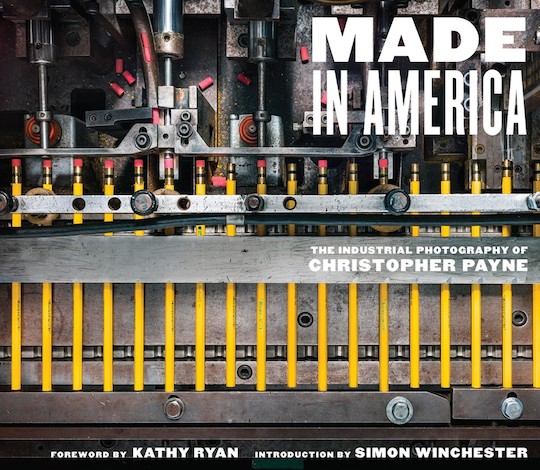 by Christopher Payne
by Christopher Payne
Pick your adjective: stunning, dramatic, beautiful. Toss in heartening and encouraging too.
All apply to that which every image in this book instills in a looker. Note that I did not say “instill in a reader” for this is mostly a visual book but rest assured each image is well and carefully captioned so you know exactly what you are viewing and (with most) where it is located, too.
The book does have an afterword, a foreword and an introduction. I chose (as I often do) to start at the end so first read photographer Christopher Payne’s Afterword, then the Foreword written by the director of photography since 1987 at The New York Times Magazine named Kathy Ryan, and then—the pièce de résistance for this commentator—the Introduction by Simon Winchester. You see, everything I’ve ever read written by Winchester, quite simply, informs and charms me. No wonder his writing has earned this British-born author (now an American citizen) an Order of the British Empire (OBE) “for his service to journalism and literature.”

“Workers weld parts to the steel frame of an electric public transit bus at the Build Your Dreams (BYD) factory, Lancaster, California.” This photo shows that fully open the landscape-format book is 22″ across.

Peeps on Parade. “PEEPS Marshmallow Chicks cooling on a conveyor belt before packaging. Just Born Quality Confections, Bethlehem, Pennsylvania.“
The most telling words in Payne’s Afterword include this, “The importance of history weighs heavily on my work, as does the need to convey useful information—and beauty!—in my pictures.” Payne began his words writing “Most people I know have never set foot in a factory.” That’s telling as he recognizes later with this long lens look/comment, “There has been much said about how immigrants have ‘stolen’ manufacturing jobs, but it is clear from what I’ve seen that many of these factories would no longer be in business if it weren’t for the newly arrived labor pool to fill the void.”

“Inlaying a decorative rosette on a guitar. D.F. Martin & Company, Nazareth, Pennsylvania.”
For her part Kathy Ryan extols his obsession and patience waiting before he trips the shutter until the teensiest detail will be just right in the image he’s seeking to capture. She writes, “He wants to illuminate and celebrate the skills of the workers and to honor their craftsmanship.”
As Payne’s genuinely attention-grabbing and stellar images are revealed a page at a time, readers arrive at Simon Winchester’s introductory essay. Even as he celebrates the book he gives voice to an existential reality. “Factories are remarkable monuments to human achievement and ambition. They have become the secular places of worship for the modern religion of consumption. Some have become like cathedrals to manufacturing . . . tasked with producing vast amounts of the things that we believe we need.”

“Assembly of Boeing 737 MAX fuselage section, Spirit AeroSystems, Wichita, Kansas.”
In his concluding paragraph Winchester writes this, “What this wonderful book most eloquently displays is simply a snapshot in time, of a phenomenon—the factory—that occupied just a fleeting moment of our history, during a time when so many of us fervently believed that we truly needed whatever was made within their walls. The factory was once, and for many years, thought by most to be, an absolute essential. Until, one day, it wasn’t.”
You will enjoy each and every image on each and every page!

“B-21 Raider stealth bomber. Northrop Grumman, Palmdale, California.”
So you wanna get into manufacturing?? Northrop Grumman has openings right now in its B-21 Raider stealth bomber program!
Copyright 2023 Helen V Hutchings, SAH (speedreaders.info)


 RSS Feed - Comments
RSS Feed - Comments






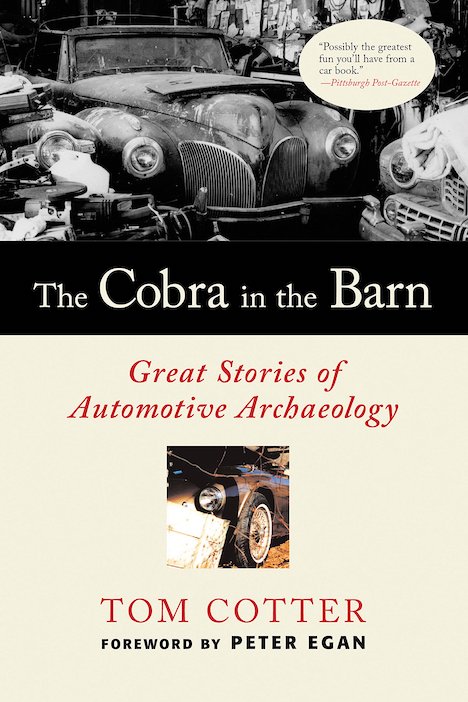


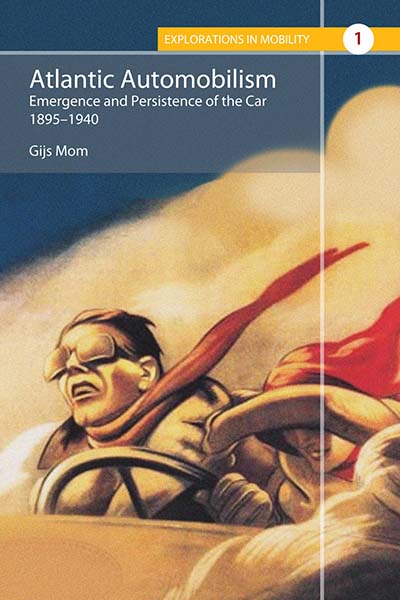



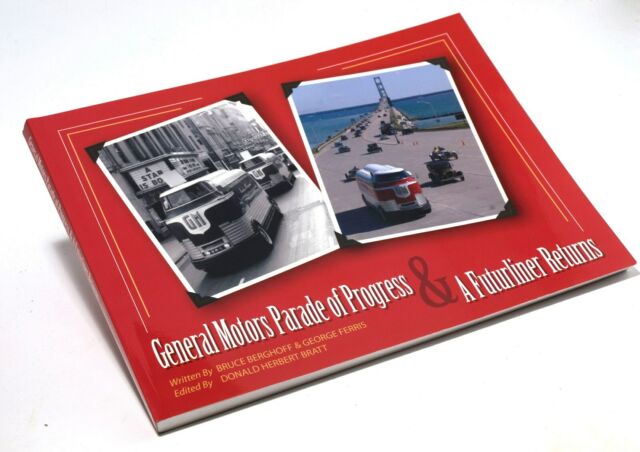














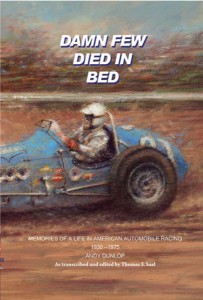



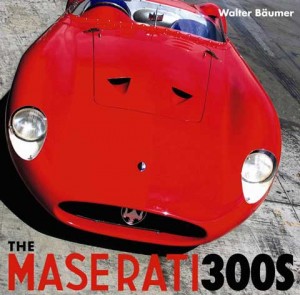





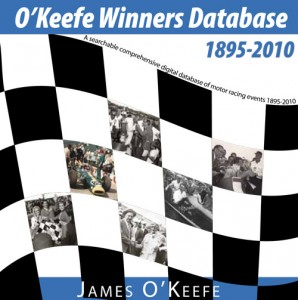


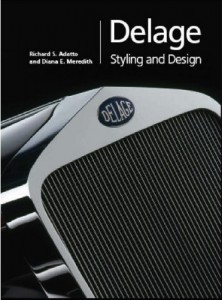



























 Phone / Mail / Email
Phone / Mail / Email RSS Feed
RSS Feed Facebook
Facebook Twitter
Twitter